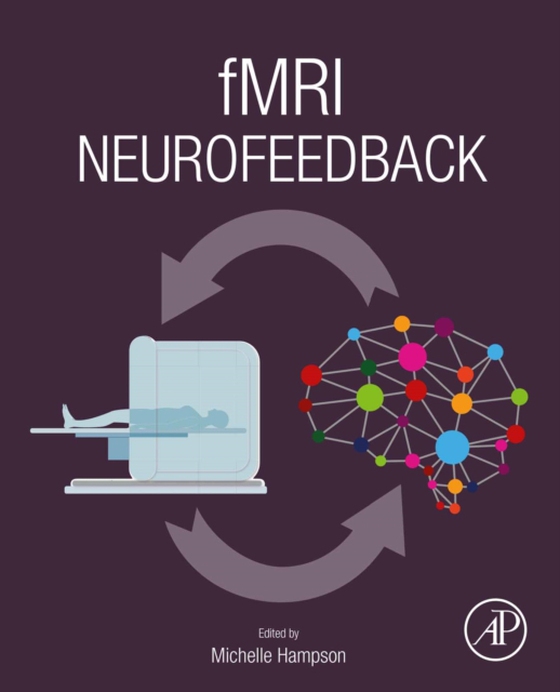
fMRI Neurofeedback e-bog
1094,57 DKK
(inkl. moms 1368,21 DKK)
fMRI Neurofeedback provides a perspective on how the field of functional magnetic resonance imaging (fMRI) neurofeedback has evolved, an introduction to state-of-the-art methods used for fMRI neurofeedback, a review of published neuroscientific and clinical applications, and a discussion of relevant ethical considerations. It gives a view of the ongoing research challenges throughout and provid...
E-bog
1094,57 DKK
Forlag
Academic Press
Udgivet
9 oktober 2021
Længde
364 sider
Genrer
Image processing
Sprog
English
Format
pdf
Beskyttelse
LCP
ISBN
9780128224366
fMRI Neurofeedback provides a perspective on how the field of functional magnetic resonance imaging (fMRI) neurofeedback has evolved, an introduction to state-of-the-art methods used for fMRI neurofeedback, a review of published neuroscientific and clinical applications, and a discussion of relevant ethical considerations. It gives a view of the ongoing research challenges throughout and provides guidance for researchers new to the field on the practical implementation and design of fMRI neurofeedback protocols. This book is designed to be accessible to all scientists and clinicians interested in conducting fMRI neurofeedback research, addressing the variety of different knowledge gaps that readers may have given their varied backgrounds and avoiding field-specific jargon. The book, therefore, will be suitable for engineers, computer scientists, neuroscientists, psychologists, and physicians working in fMRI neurofeedback. Provides a reference on fMRI neurofeedback covering history, methods, mechanisms, clinical applications, and basic research, as well as ethical considerations Offers contributions from international experts-leading research groups are represented, including from Europe, Japan, Israel, and the United States Includes coverage of data analytic methods, study design, neuroscience mechanisms, and clinical considerations Presents a perspective on future translational development
 Dansk
Dansk

